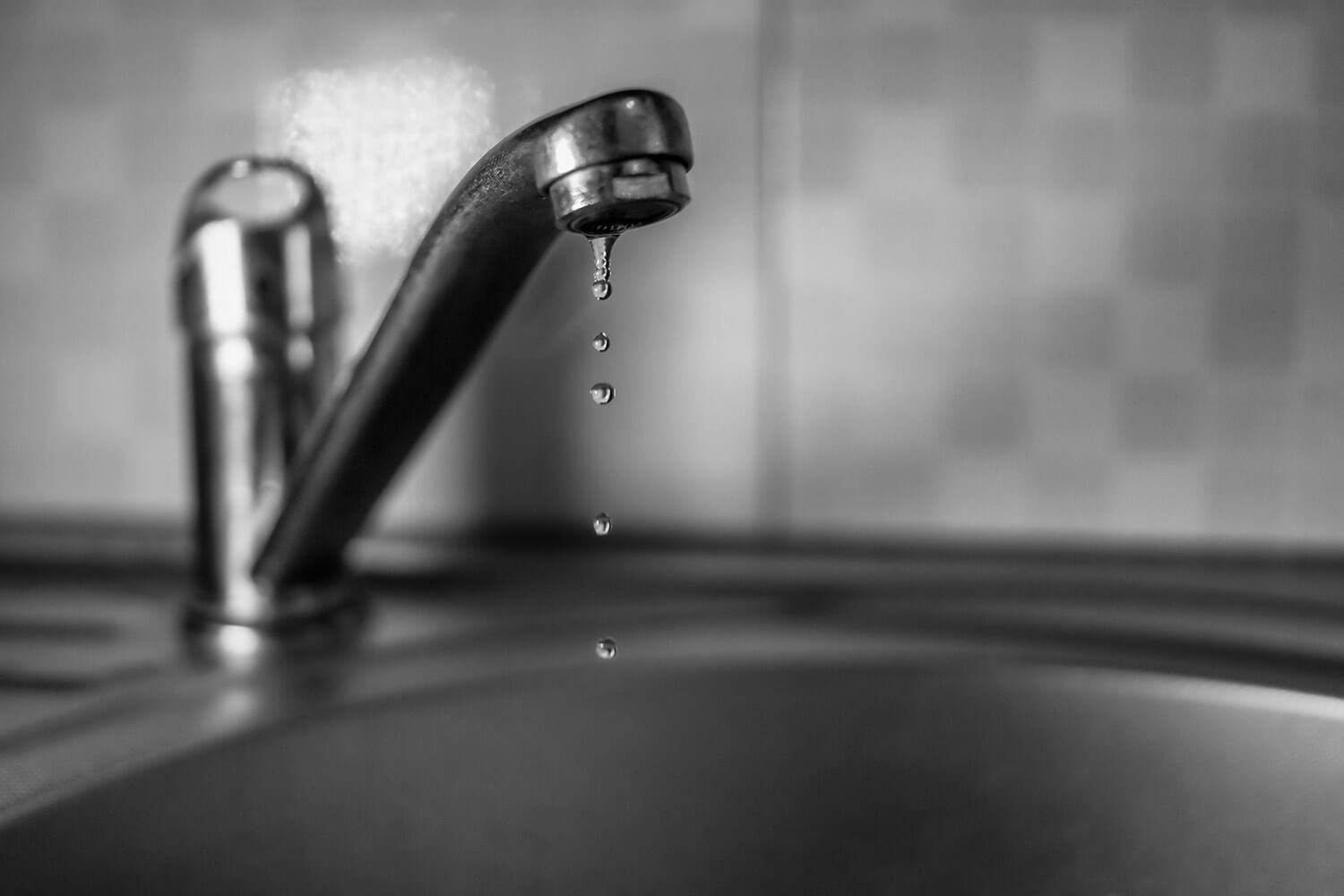The publisher is making a number of great pointers related to How to Find Water Leaks overall in this post which follows.

Leakages not just trigger waste of water yet can additionally trigger unnecessary damages to your house and also promote unwanted natural development. By looking and understanding for everyday situations that create leaks, you can shield your home from future leakages as well as unneeded damages.
Immediate temperature level modifications.
Severe temperature level changes in our pipelines can trigger them to expand and also contract unexpectedly. This growth and tightening may create fractures in the pipelines, especially if the temperature level are below freezing. If you kept an eye on how your plumbing functions, it would be best. The visibility of the previously stated circumstances often indicates a high danger.
Rusty water systems
As time goes by, your plumbing system ages and also corrosion such as rust might start eating away the pipes. This may be the source of discoloration or warping on your pipes. This asks for an evaluation with your plumber immediately. If our plumbing system is old, think about changing the pipelines since they are at a higher danger of deterioration than the newer designs.
Malfunctioning Pipe Joints
The point at which your pipes link is often the weakest web link in the waterline. Pipeline joints can degrade with time, causing water leakages. The majority of pipe joints are not easily noticeable. If you have noisy pipes that make ticking or banging noises, especially when the hot water is turned on, your pipe joints are probably under a lot of pressure. It is advisable to have your plumber evaluate your system annually.
Trespassing roots
A lot of water leaks start outside the residence rather than inside it. You could notice wet spots or sinkholes in your yard, and that could mean that tree origins are invading water lines triggering water to permeate out.
Poor Water Connectors
At times, a leakage can be caused by loosened hoses as well as pipelines that supply your devices. In situation of a water links leak, you might notice water running directly from the supply line or pools around your appliances.
Obstructed Drains
Clogged drains could be aggravating and inconveniencing, however they can in some cases wind up creating an overflow leading to rupture pipelines. Keep eliminating any kind of materials that might drop your drains that might obstruct them to stay clear of such hassles.
All the above are root causes of leaks but not all water leaks arise from plumbing leakages; some leaks may originate from roof covering leaks. All leaks must be fixed immediately to avoid water damage.
Leakages not just create waste of water yet can also trigger unnecessary damage to your house as well as advertise undesirable organic growth. By looking and understanding for everyday circumstances that trigger leakages, you can shield your residence from future leakages as well as unneeded damages. Today, we will certainly look at six leak triggers that might be triggering your pipelines to trickle.
At times, a leakage can be created by loosened tubes and pipelines that provide your home appliances. In instance of a water connections leakage, you might discover water running directly from the supply line or pools around your appliances.
How To Check For Water Leak In Your Home
How To Check for Leaks
The average household's leaks can account for nearly 10,000 gallons of water wasted every year and ten percent of homes have leaks that waste 90 gallons or more per day. Common types of leaks found in the home are worn toilet flappers, dripping faucets, and other leaking valves. These types of leaks are often easy to fix, requiring only a few tools and hardware that can pay for themselves in water savings. Fixing easily corrected household water leaks can save homeowners about 10 percent on their water bills.
To check for leaks in your home, you first need to determine whether you're wasting water and then identify the source of the leak. Here are some tips for finding leaks:
Take a look at your water usage during a colder month, such as January or February. If a family of four exceeds 12,000 gallons per month, there are serious leaks.
Check your water meter before and after a two-hour period when no water is being used. If the meter changes at all, you probably have a leak.
Identify toilet leaks by placing a drop of food coloring in the toilet tank. If any color shows up in the bowl after 10 minutes, you have a leak. (Be sure to flush immediately after the experiment to avoid staining the tank.)
Examine faucet gaskets and pipe fittings for any water on the outside of the pipe to check for surface leaks.
Undetected water leaks can happen without the home or business owner even realizing. If you suspect a water leak, but not able to find the source. It is time to contact a professional water leak detection service, The Leak Doctor.
How To Find a Water Leak In Your Home
https://www.leakdoctor.com/blog/How-To-Check-For-Water-Leak-In-Your-Home_AE197.html

I came across that blog post on Most Common Causes of Leaky Pipes when doing a search on the search engines. Sharing is good. Helping others is fun. Thank-you for going through it.
Ready to help!